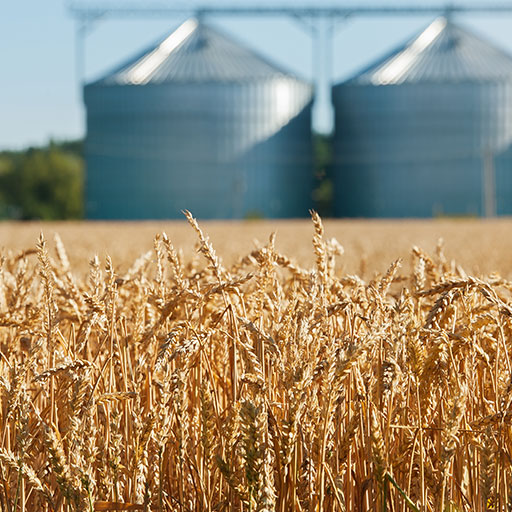Ward Off Yield-Robbing Nutrient Deficiencies with Tissue Testing
It’s advice oft-repeated by doctors and nutritionists: A well-balanced diet is key to good health. With it, our bodies run like well-oiled machines. Without it, they perform poorly and are more prone to disease and infection.
Crops aren’t much different, according to Southern States Co-op Agronomy Team. Like us, they have certain minimum requirements for proper function and growth. Water, sunlight and nutrients — both macronutrients and micronutrients — are all components of a plant’s well-balanced “diet.” When crops receive everything they need, they flourish and produce greater yields. When something’s missing, yields are reduced, and crops are more susceptible to stresses.
So, how can you ensure a crop has everything it needs? While a soil test is a great start in indicating what nutrients may be limited, tissue sampling can tell us if those nutrients are actually getting into the plant where they can increase yield. When good soil-monitoring practices are coupled with in-season tissue sampling, nutrient issues can be corrected even before symptoms show and yield potential is reduced.
Crops require 17 essential nutrients. While the macronutrients nitrogen, phosphorus and potassium top the list and get most of the attention when fertilizing, deficiencies in micronutrients can prevent a crop from reaching its maximum yield potential . In addition, even if nutrients are present, a number of environmental factors can impact their uptake by plants. These include:
- High relative humidity
- Soil compaction, waterlogged soils or puddling on the soil’s surface
- Soil pH extremes
- Soil temperature and moisture
- Insects and disease
A tissue-testing program provides an in-season snapshot of nutrient concentrations in plant leaves and can identify nutrient values that are insufficient for maximum crop growth and yield. This information can guide decisions about adding fertilizer or a foliar nutrient application.
Continue reading at Southern States Co-op.





